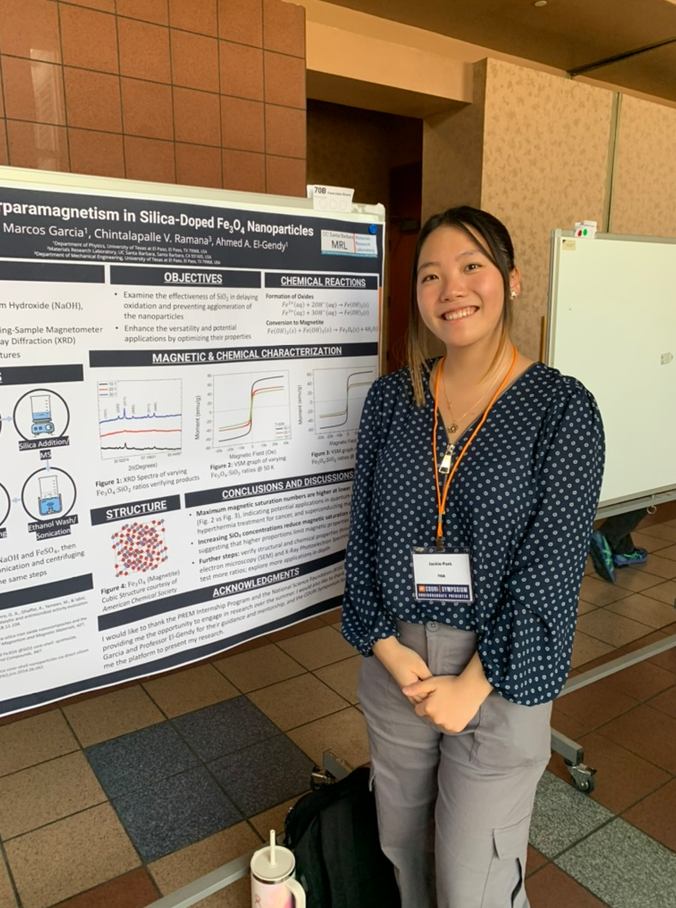
Superparamagnetic nanoparticles offer promising applications in biomedicine, environmental protection, and electronics. This property is typically observed in magnetic nanoparticles, particularly those of ferromagnetic or ferrimagnetic materials, sized between 10-150 nm in diameter. Enhancing the properties of Fe3O4 nanoparticles through surface modification is an active area of research. Doping Fe3O4 nanoparticles with SiO2 provides several advantages, including enhanced stability, improved biocompatibility, and better control over magnetic properties. Silica's strong affinity for water and high surface-to-volume ratio further stabilize these superparamagnetic properties while delaying oxidation and preventing agglomeration. In this study, we will synthesize and evaluate SiO2-doped Fe3O4 nanoparticles with different Fe3O4 ratios ranging from 10:1 and 30:1. The nanoparticles are synthesized using Iron Sulfate (FeSO4) and Sodium Hydroxide (NaOH), followed by centrifugation, washing with deionized water and ethanol, and sonication. We characterized the magnetic properties using Vibrating-Sample Magnetometer (VSM), and the material properties using X-Ray Diffraction (XRD). Characterization using VSM revealed that the initial magnetic saturation values for different ratios of SiO2-doped Fe3O4 nanoparticles ranged from 30.46 emu/g to 58.35 emu/g, with higher Fe3O4 ratios demonstrating increased magnetic properties. This trend indicates that increasing SiO2 content reduces the magnetic properties of Fe3O4. The aim of this study is to optimize the balance between magnetic properties and material stability. These findings will enhance the versatility of these nanoparticles for a wide variety of applications, beyond just those mentioned above.